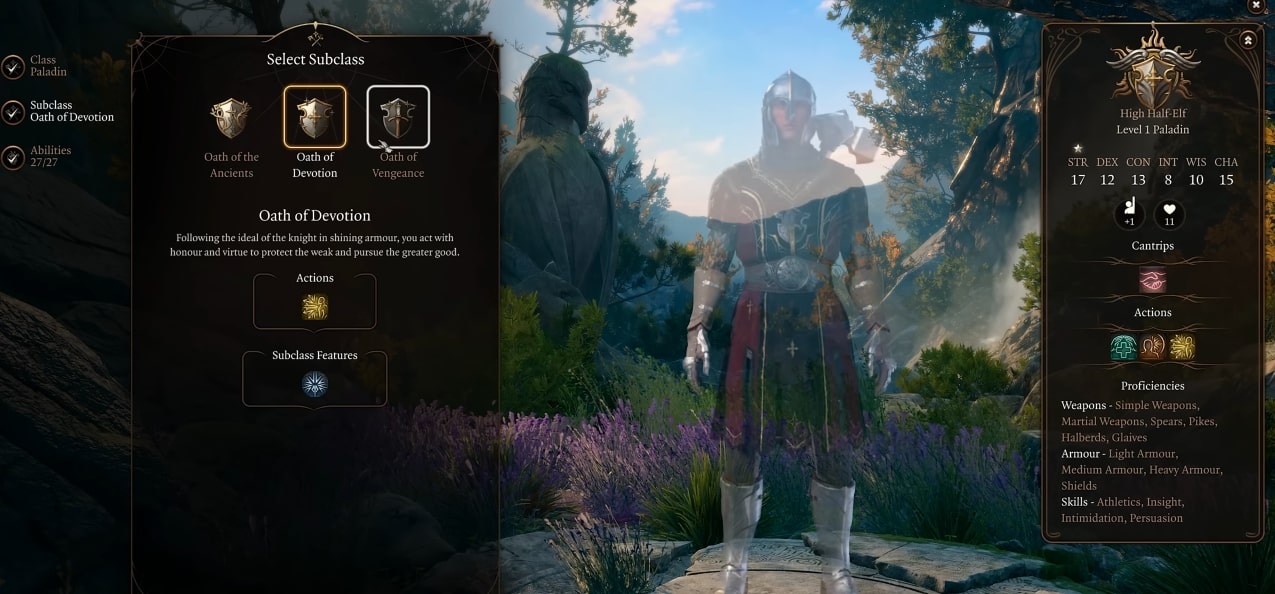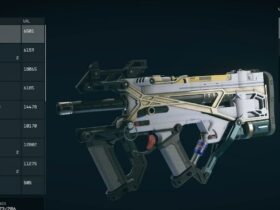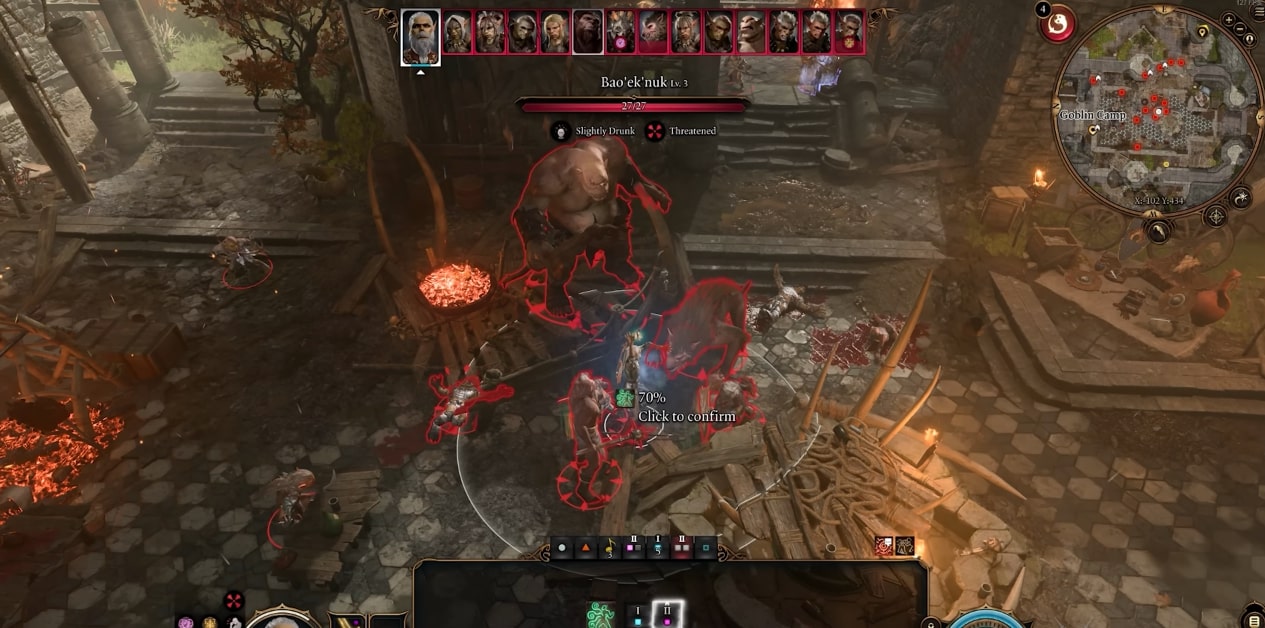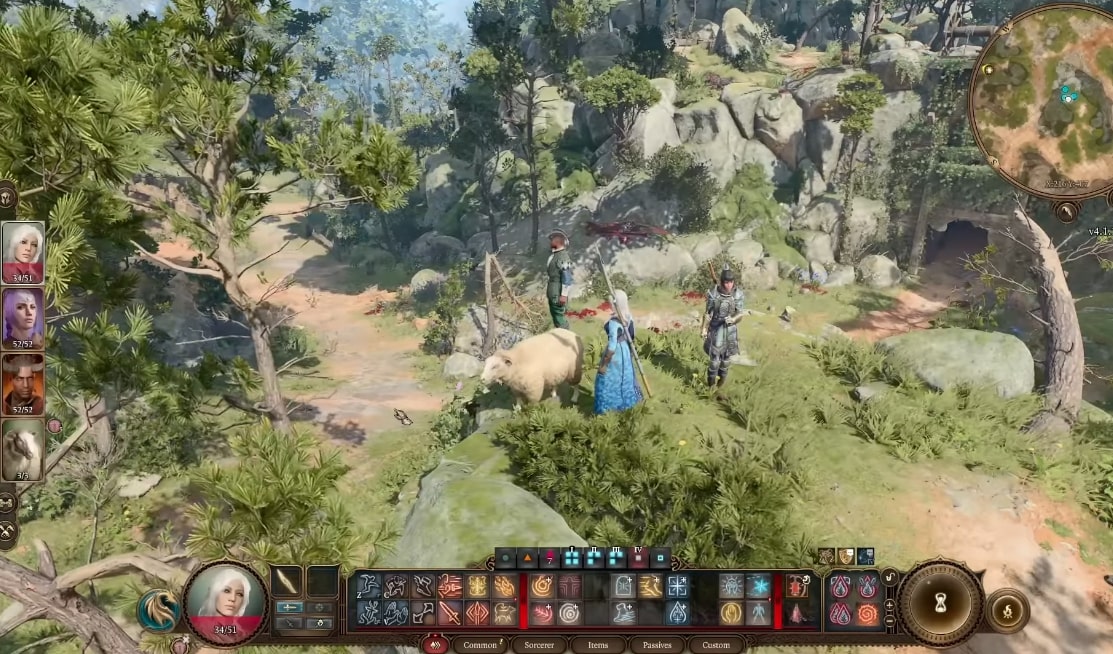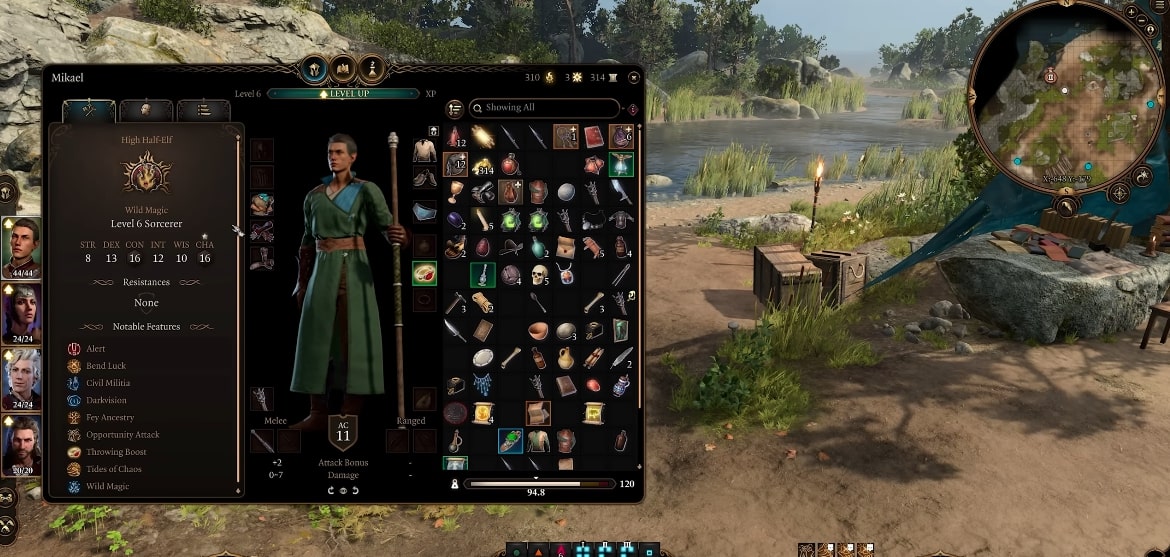Baldur’s Gate 3 gives players tremendous flexibility when creating and developing their characters over the course of the game. Paladins in particular can be built in many different ways thanks to their ability to multiclass effectively. In this comprehensive guide, we’ll explore some of the most powerful paladin builds you can create for the early stages of Baldur’s Gate 3.
The Core Strengths and Limitations of Single Class Paladins
Let’s first examine playing a Paladin without any multiclassing. Taking levels exclusively in the Paladin class is relatively straightforward – as you level up, you’ll gain access to new Paladin spells, channel divinity options, auras, and sacred oath features.
The key strengths of the Paladin class lie in its proficiencies with heavy armor and martial weapons, its divine smite ability to nova radiant damage against enemies, and its core focus on Charisma for spellcasting and aura saving throws. Paladins also gain access to invaluable healing and support abilities like Lay on Hands and Aura of Vitality.
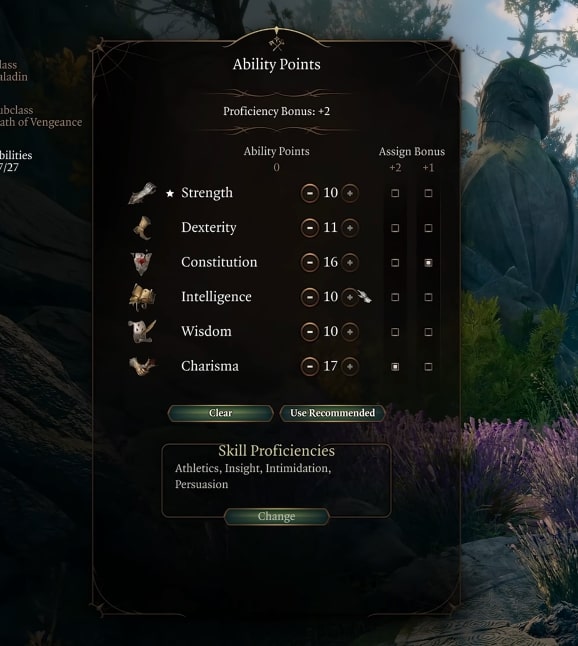
However, single classed Paladins do suffer from some limitations, especially in the early levels of Baldur’s Gate 3. They lack reliable ranged attack options besides throwing javelins or handaxes. Their spellcasting is also more limited in scope compared to full spellcasters like Clerics, Wizards, and Druids. Finally, Paladins are heavily dependent on long rests to regain expended spell slots for smiting.
This makes them vulnerable to frequent combat encounters between long rests. Their lack of versatility can be an issue at lower levels before they gain their archetype’s sacred oath abilities and spell lists. Multiclassing is an effective solution to shore up these weaknesses in a Paladin’s early game.
Multiclassing to Overcome Limitations and Weaknesses
By combining levels in the Paladin class with levels in other classes, you can gain access to useful ranged attacks, more spell slots, better action economy, and increased versatility. The key is choosing classes that sync well with the Paladin’s strengths and helps cover their weaknesses.
Charisma-based spellcasters like Sorcerer and Warlock are natural fits – they use the same key ability score as Paladins while expanding your options for ranged attacks and spellcasting. Martial classes like Fighter provide bonuses to fighting style, Second Wind, and Action Surge. Bard provides a mix of spells and inspiration abilities.
Below are 3 powerful level 6 multiclass builds for Paladins in Baldur’s Gate 3’s early game:
Paladin/Warlock: Eldritch-Smiting Mage Hunter
- 2 levels of Paladin
- 4 levels of Warlock
This potent build leverages the Paladin’s martial prowess and nova smite potential with the Warlock’s Eldritch Blast and flexible short rest spell slots. You gain heavy armor and martial weapon proficiencies from your 2 Paladin levels, forming a solid martial foundation.
Your 4 levels of Warlock provide Eldritch Blast and Agonizing Blast for reliable and efficient ranged damage output. This solves one of the Paladin’s big weaknesses. Repelling Blast can also control enemy positioning.
Pact of the Blade combined with the Great Weapon Master feat allows you to make devastating attacks with a two-handed or polearm weapon, adding insane burst damage when you use Divine Smite. Unlike Paladins, Warlocks regain spell slots on short rests, giving you much more smiting potential.
Spells like Darkness and Devil’s Sight combine to give you advantage on attacks and heavily obscure enemies. This build mixes the most useful elements of both classes to create a monster hunter.
Paladin/Sorcerer: Versatile Caster & Buffer
- 5 levels of Paladin
- 1 level of Sorcerer
This build focuses on augmenting the Paladin’s spellcasting, long rest resources, and gaining metamagic flexibility. You gain Extra Attack from hitting Paladin 5 along with your sacred oath features, channel divinity, and 2nd level spells.
Your single level Sorcerer dip nets you a handful of cantrips for reliable ranged damage options, extra 1st level spell slots, and metamagic options like Quickened Spell. Quicken Spell combines beautifully with Divine Smite, allowing you to use both in one turn to deal devastating nova damage.
Subtle Spell also combos nicely – you can buff allies or yourself without enemies noticing you’re casting! Careful Spell also allows you to exclude allies from harmful AoE effects.
I recommend Storm Sorcery as the subclass – its ability to fly speed after casting spells greatly enhances your mobility. Paladin/Sorcerers multiclass to become versatile casters and buffers.
Paladin/Bard: Inspiring Battlefield Commander
- 2 levels of Paladin
- 4 levels of Bard
This support-focused multiclass utilizes Bardic Inspiration and excellent action economy to empower your party. From Paladin you gain heavy armor, martial weapons, and Divine Smite for burst damage. Bard provides a plethora of bonus actions and concentration spells.
When you reach Bard 3, College of Swords gives you Blade Flourishes that can be added to weapon attacks by expending Bardic Inspiration. Defensive Flourish boosts AC, while Slashing Flourish hits a second target.
Inspiring Leader provides non-magical healing out of combat. With War Caster, you can easily cast spells while wielding weapons and shields. Faithful Hound helps guard your campsite at night!
This multiclass can buff, heal, and control the battlefield while still dishing out solid damage via Divine Smite. A very versatile support build.
Progression and Leveling for Multiclass Paladins
These multiclass builds provide optimized starting points for Paladins in Baldur’s Gate 3’s early levels. As you progress to higher levels, here are some tips:
- Paladin/Warlock – Take more levels of Warlock up to level 5 for Improved Pact Weapon, Thirsting Blade (Extra Attack), and Eldritch Smite. You can then put remaining levels into Paladin.
- Paladin/Sorcerer – Focus on Sorcerer to level 5 or 6 for more metamagic options and access to haste/fireball. Paladin 6 provides Extra Attack.
- Paladin/Bard – Stick with Bard until level 6 for magical secrets. Remaining levels in Paladin buff your auras and give you Improved Divine Smite.
Remember you can always tweak spell selections at level up to adjust for any gaps in your build. Customizing spell loadouts is key!
Alternative Early Game Paladin Multiclass Builds
The builds above focus on Smiting and casting, but you have other options too. Here are some other ideas:
- Paladin/Fighter – Excellent armor, tons of feats/ASIs, Action Surge, and Improved Critical for fishing more smite crits!
- Paladin/Ranger – Great weapon/armor proficiencies, fighting styles, hunter’s mark for sustained damage, some casting.
- Paladin/Cleric – Heavy armor, bonus action healing via Disciple of Life, excellent anti-undead abilities.
- Paladin/Druid – Shillelagh lets you use Wis for melee, Goodberry gives non-spell healing. Moon Druid wild shapes boost HP.
The Importance of Synergy
The key to an effective Paladin multiclass is choosing options that synergize well with the Paladin’s core strengths like Divine Smite, auras, and Charisma skills. Carefully review the multiclass requirements for your intended combo.
For example, combining Paladin with Cha casters like Bard and Sorcerer creates powerful spellcasting builds, since they rely on the same ability score. Meanwhile Paladin/Druid can be awkward since Paladins rely on heavy armor.
Understand action economy – some classes like Warlock provide useful bonus action abilities that combo with the Paladin’s action options. Carefully planning your build will help you create devastating early game Paladins!
I hope this guide gives you tons of ideas on how to create fun and powerful Paladin builds in Baldur’s Gate 3’s early access! Let me know in the comments if you have any other questions. I’m happy to provide additional tips and suggestions.






